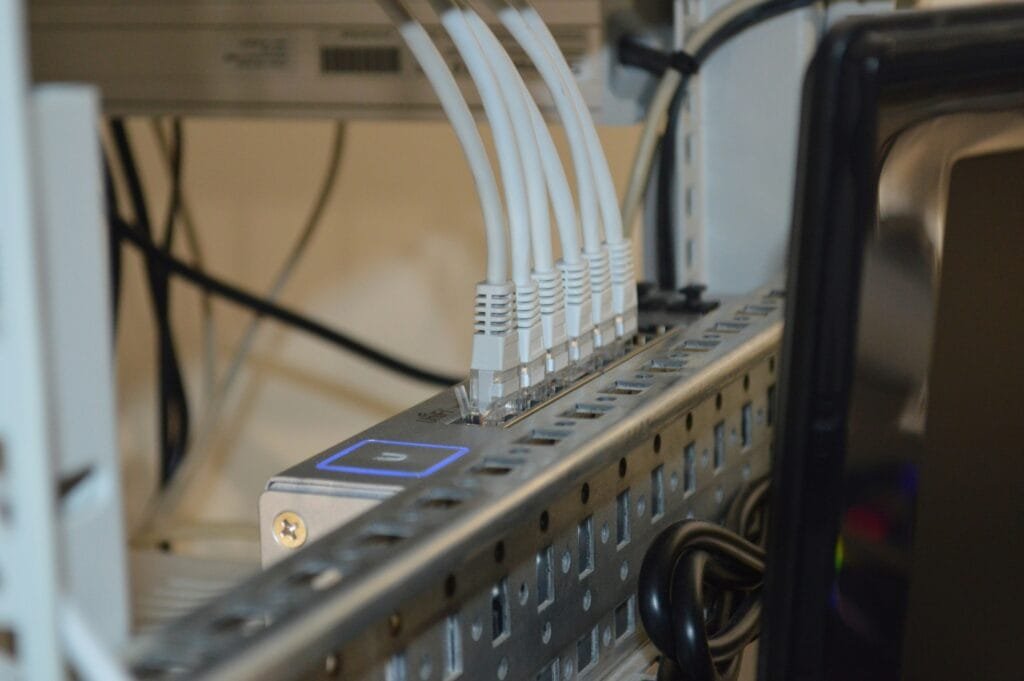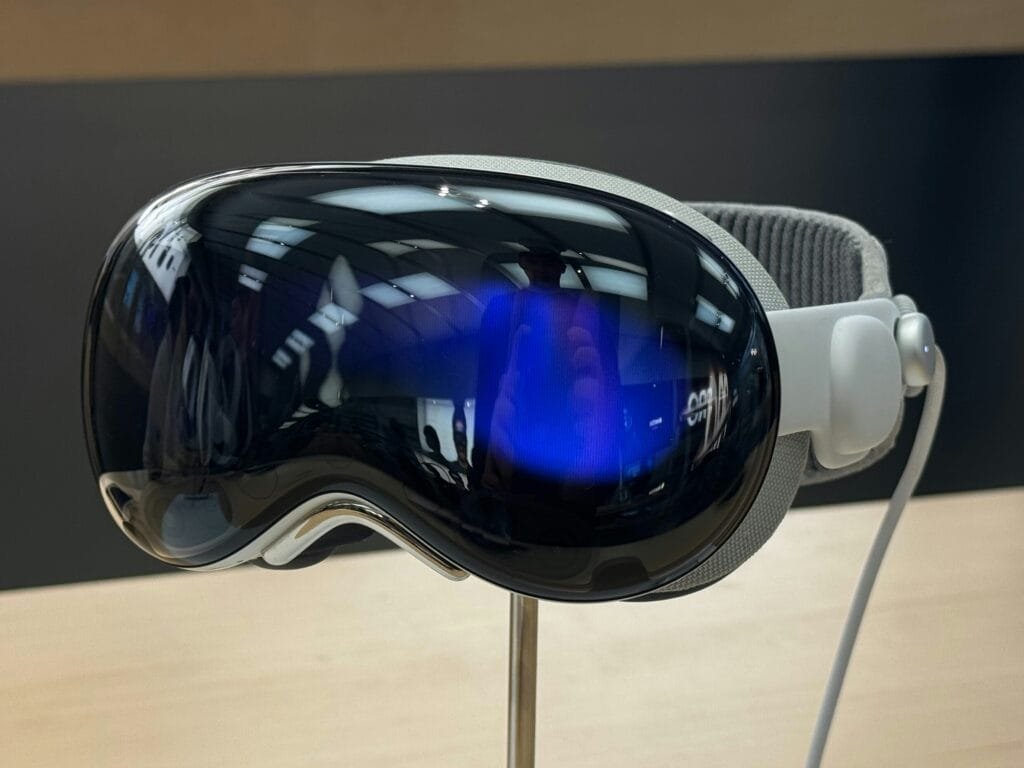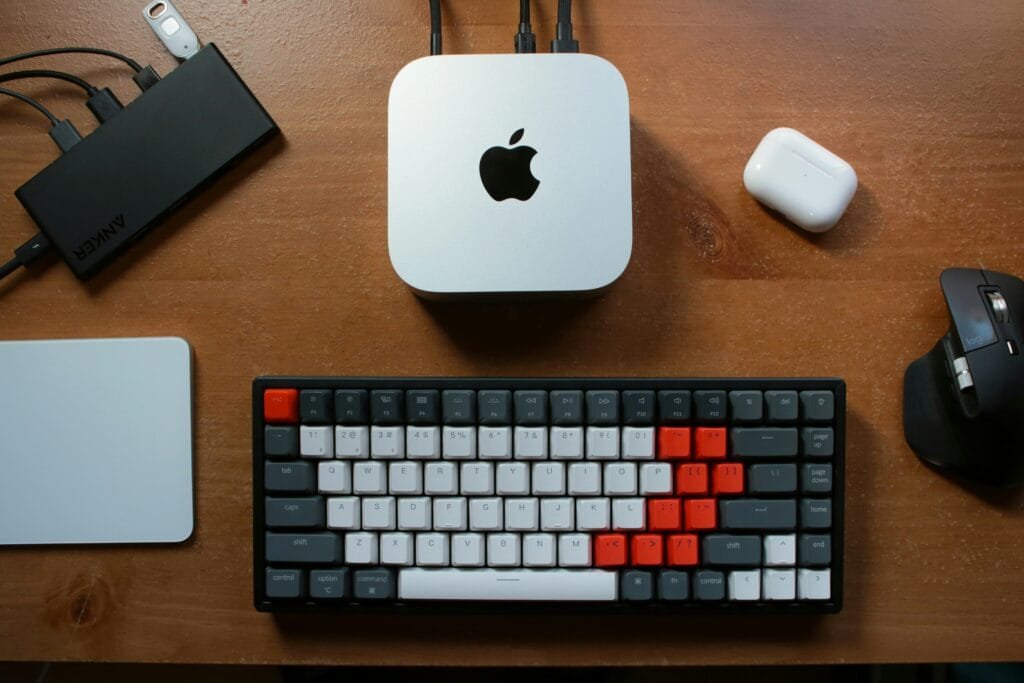NVIDIA and SoftBank’s partnership on a cutting-edge telecom network. If you’re thinking, “Why should I care?” here’s the deal: this collaboration could completely change what we expect from our mobile networks, making them faster, smarter, and more capable. NVIDIA is bringing AI into the world of 5G with SoftBank, a move that’s being called the world’s first telecom network blending artificial intelligence and 5G on a major scale.

What Exactly Is NVIDIA AI Doing in Telecom?
Picture this: you’re streaming your favorite show or calling someone across the world, and everything is seamless. No lag, no buffering, just smooth communication. That’s the kind of next-level experience NVIDIA and SoftBank are aiming for with their new 5G telecom pilot. Here’s where it gets really interesting—NVIDIA’s advanced AI technology, like the Grace Hopper Superchip, is designed to power SoftBank’s next-gen telecom networks, using AI to handle massive amounts of data more efficiently than traditional networks ever could.
But it’s not just about speed. SoftBank is implementing NVIDIA’s AI in a way that anticipates issues before they impact your experience. Imagine a network that learns from its own glitches and automatically adapts to prevent future problems—this is the level of automation and intelligence NVIDIA’s AI aims to bring into telecom.
The Technology Under the Hood: A Quick Breakdown
Let’s dive into some of the tech behind this partnership. At the core is NVIDIA’s Grace Hopper Superchip, an AI-focused processor designed to handle complex calculations at lightning speeds. Think of it as the network’s brain, making decisions in real-time to ensure smooth and stable connections. There’s also the BlueField-3 data processing unit (DPU), which is responsible for speeding up data flows and managing network resources, which is crucial for handling heavy data loads without hiccups.
This technology isn’t just built for speed; it’s optimized for energy efficiency, which is a big deal for our power-hungry digital world. These chips are part of a system that can handle both AI and 5G workloads without needing custom-built hardware, making them flexible, cost-effective, and better for scaling up as demand grows.
Testing in the Real World: A Glimpse into the Future of 5G
SoftBank isn’t just theorizing here; they’re testing this network in real urban environments in Japan. They’ve set up an outdoor test environment with multi-layered MIMO (multi-input, multi-output) that lets them process huge amounts of data from multiple devices simultaneously. This setup means they’re able to work out any potential issues in a real-world, high-density setting—like the busy downtown streets where connectivity can sometimes falter. Early tests show promising results, with data speeds reaching up to 1.3 Gbps per cell—seriously impressive for current mobile networks.
The ultimate goal here is for SoftBank to use these results to build an even more robust network that can handle the surge of connected devices expected with 5G, and eventually, 6G. They’re talking about integrating AI across the network to optimize everything from autonomous driving systems to augmented reality applications.
Why AI in 5G Networks Matters
Now, you might be wondering, “Why is AI in a telecom network even necessary?” Well, traditional telecom networks are mostly reactive—they respond to demand as it happens. But by bringing in AI, networks can actually predict where demand is going to spike, automatically adjust to those needs, and even fix themselves when issues arise.
For instance, the AI in these networks can handle something called AI-RAN (Artificial Intelligence in Radio Access Networks), where it monitors and adjusts network settings in real-time to provide consistent and reliable service. Imagine you’re in a packed stadium, all trying to post on social media or stream a live game. AI-RAN would ensure everyone’s connection remains strong without a hitch, which is a huge improvement over traditional networks.
The Environmental Impact: Smarter and More Sustainable
This NVIDIA and SoftBank project isn’t just about tech for tech’s sake; it’s also geared towards reducing the environmental impact of large-scale data processing. NVIDIA’s hardware is designed to use less power while still delivering high performance, meaning that SoftBank’s AI-driven network could use significantly less energy compared to older, non-AI-powered telecom networks. The shift to distributed AI data centers, as SoftBank plans, means lower latency (faster connections) and reduced energy costs, especially in the context of massive 5G data demands.
As the digital world grows, so does the energy demand. These efficient AI-optimized networks represent a step towards managing that growth responsibly.
What’s Next? Global Implications and Future Applications
This isn’t just about Japan. If NVIDIA and SoftBank’s model succeeds, it’s likely to be replicated globally, setting a new standard for telecom networks. The faster, more efficient 5G networks powered by AI could open doors to a future where AI applications are integrated into daily life. Think of augmented reality in virtual classrooms, seamless telemedicine in rural areas, or interconnected smart cities.
Japan’s aging population, labor shortages, and tech-driven society make it an ideal place for these kinds of innovations, but the ripple effect could be enormous, from enhancing daily conveniences to creating smarter infrastructures worldwide. With AI-integrated networks, things like digital twins (virtual models of real-world objects) or autonomous vehicles could become the norm.
Final Thoughts: Are We Ready for an AI-Driven Telecom Future?
While this all sounds like something out of a sci-fi movie, it’s quickly becoming reality. NVIDIA and SoftBank’s collaboration on this AI-driven 5G network could redefine our expectations for telecom, setting a new benchmark that other countries will likely want to follow. As someone who uses these networks daily, it’s exciting to think about a future where our devices are faster, smarter, and more efficient.
So, what’s next? We’ll likely see more of these AI-empowered networks popping up, and who knows, in a few years, we might be looking at a world where all our mobile interactions are supported by networks that are as intelligent as they are efficient. It’s a thrilling time to be connected, don’t you think?


